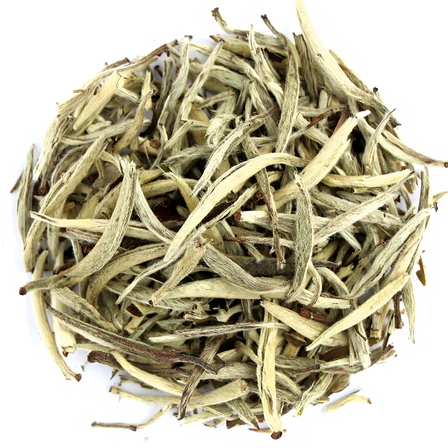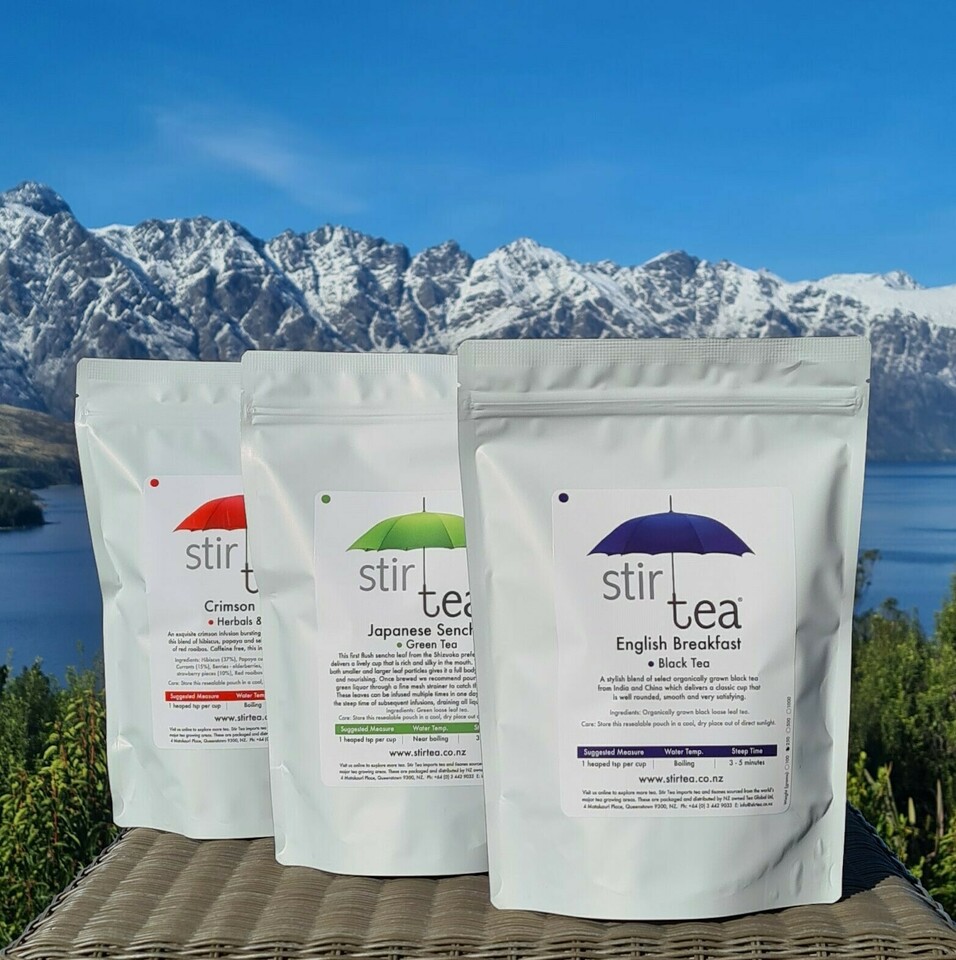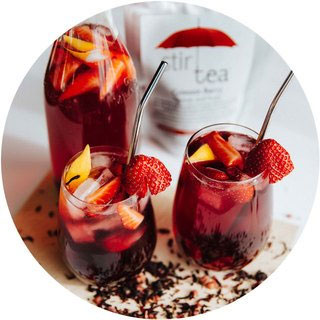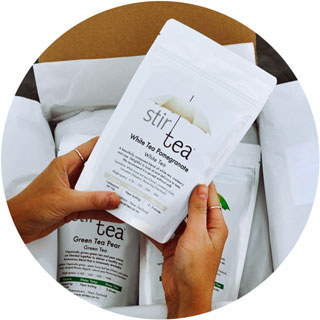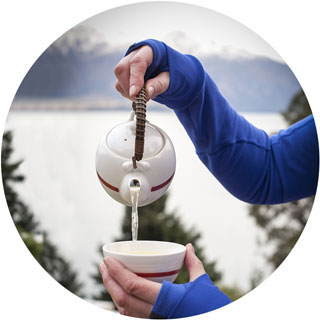If you've enjoyed a cup of tea from our White Tea range, you'll already be aware of its refreshing properties, as well as the delicate taste and aroma. The rarest and least processed of all teas, the buds and leaves of the Camellia Sinesis plant are plucked and air dried during the first harvest of the year. This often occurs during the first two weeks in spring, resulting in small and precious harvests. Traditionally these harvests were exclusively reserved for only high-ranking officials and emperors but fortunately increased production levels mean white tea now is more widely available.
There are two main styles of white teas, grouped according to the part of the Camellia Sinesis they contain: newly grown tips and open leaf (White Peony - Bai Mudan) or simply the closed downy buds (Silver Needle - Bai Hao Yin Zhen).
While the level of caffeine in any tea depends on a wide variety of factors, the white peony style is generally considered lower in caffeine than green teas however in contrast the White Silver Needle style is packed with caffeine (read more about this below).
How Did White Tea Get Its Name?
While white tea is known for its light coloured liquor, this is not what it was named after. Instead, white tea was named after the silvery pekoe that grow on the unopened buds of the Camellia Sinesis. These pekoe, which look like fine hairs or dust, give the unopened buds a downy or dewy white appearance.
What Are the Differences Between White and Other Tea Styles?
There are key differences which occur during processing:
When drying, white tea leaves do not undergo an intentional oxidisation process (broken cell structure) as black teas do or the de-enzyming process (heat applied early in the processing chain) that green teas do. The leaf and bud is simply plucked and air dried (some slight oxidisation can occur to the leaf during handling and transporting and this may show around the edges of the leaf).
This results in a higher concentration of antioxidant flavonoids which are said to provide greater health benefits. When dry, white tea retains more of the natural shape of the bud or leaf, as well as a downy light coloured, often silvery appearance. When brewed, the liquor is a pale amber colour with a delicate, sweet subtle flavour with suggestions of honey and peaches.
Next time you brew your silver needle pick up one of the brewed buds and peel back the outer leaves to reveal the delicate shoot inside, truly a thing of beauty.
White Tea and Caffeine?
All tea leaf contains caffeine however the differing levels found in the infused leaf are impacted on by a number of factors including processing. The subject of caffeine is a very complex area. It is generally accepted that the open leaf style white teas have less caffeine than green and black tea however this is not the case with all white teas. One exception is the pure bud style - Silver Needle White Tea which can be caffeine packed. The caffeine levels reflect the springtime freshness and fullness of the buds plucked from the very tip of the bush with the young shoots producing caffeine as a pest deterrent. The higher the plucking standard the higher the level of caffeine.
Looking at White Tea Research
The results of a study published by Kingston University in August 2009 explained that new research showed white tea may assist with the risk reduction of developing cancer, rheumatoid arthritis and old-age wrinkles. This is due to white tea containing high levels of antioxidants which can assist with the prevention of enzymes responsible for the breakdown of collagen and elastin. Consequently, white tea is an ingredient in many skincare products nowadays. For further information, we recommend reading the published White Tea Research article available here on our website.
We invite you to sample our White Tea range and are sure it will become a firm favourite of yours for years to come.
Posted: Thursday 2 May 2024
